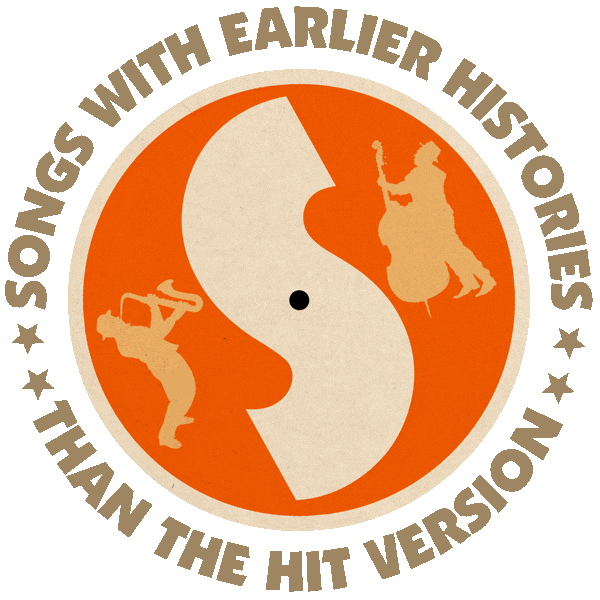First recorded (as “Samba De Verão”) by Eumir Deodato (1964).
First vocal recording (as “Samba De Verão”) by Marcos Valle (1965).
Hit versions (in English) by The Walter Wanderley Trio (US #26/MOR #3 1966), Johnny Mathis (MOR #17 1966), Connie Francis (MOR #17 1966), Vicki Carr (MOR #32 1966).
From the wiki: “‘Summer Samba’ (also known as ‘So Nice’ or its original Portuguese title, ‘Samba de Verão’) is a 1964 Bossa nova song by Brazilian composer Marcos Valle
“Brazilian musician, arranger and producer Eumir Deodato, a musical autodidact, starting with the accordion at age 12, first recorded the song in 1964 as an instrumentalal. Co-writer Valle recorded the first vocal version of ‘Samba De Verão’ in 1965, with the original Portuguese lyrics coming from Marcos’ brother, Paulo Sérgio.

